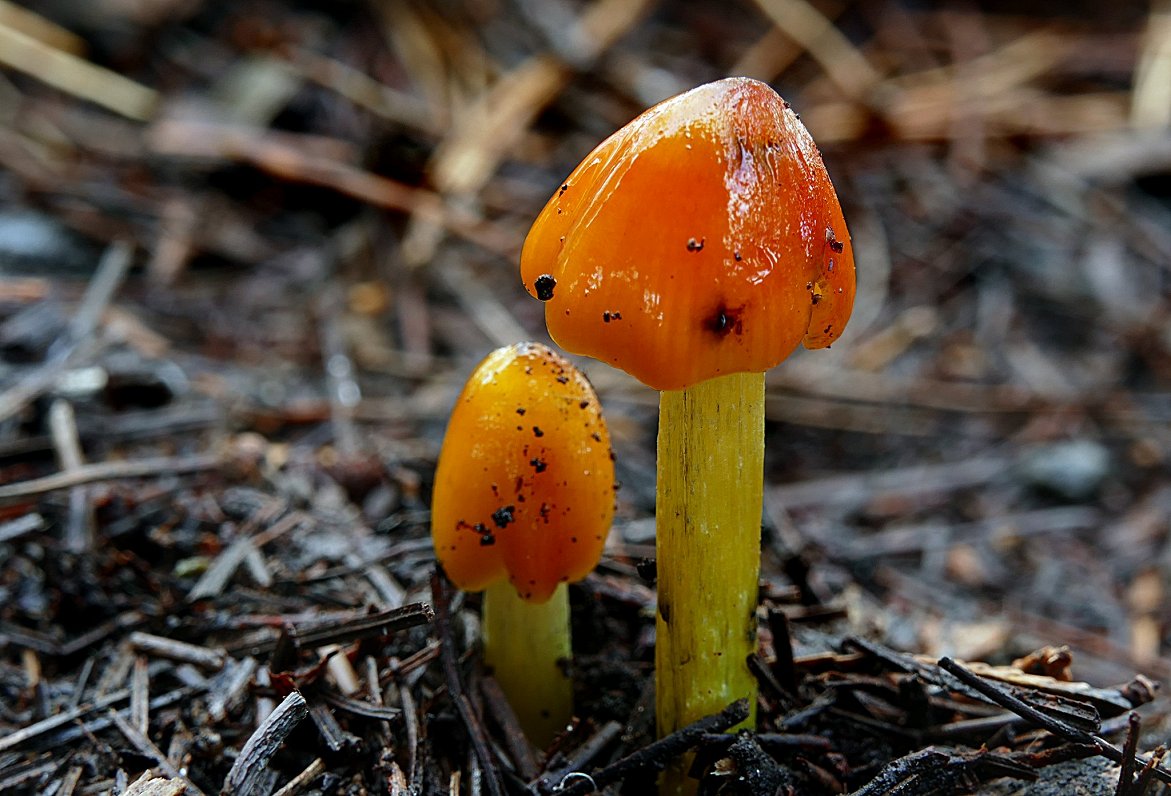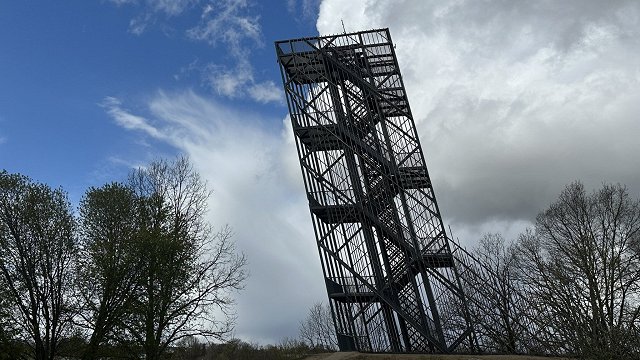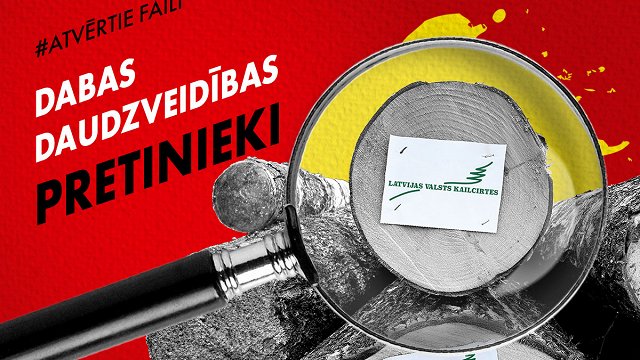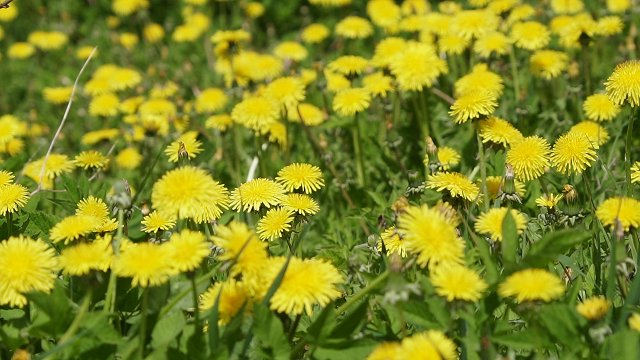While you have no doubt gaped in slack-jawed wonder at our previous revelations concerning the insect of the year, the plant of the year, the bird of the year, the invertebrate of the year, the animal of the year and, yea, verily we say unto ye, the moss of the year, these are as mere bagatelles compared to the award category we are about to reveal which, roughly speaking, is the equivalent of "best film" at the Academy Awards.
What then is the mushroom of the year, you demand in frenzied fashion? Fear not, fungal friends, we shall tell you!
It is Hygrocybe conica to give it its definitive scientific name, but to Latvians it is known as the smailā stiklene or 'pointed glass cap'. Meanwhile to the country bumpkins of English-speaking countries it has several colloquial monikers including "witch's hat", "blackening wax cap" and "conical slimy cap".
The Latvian Mycological Society is the august body that has bestowed this singular honor upon Hygrocybe conica as the official Mushroom of the Year 2021, according to the society's website .
It is a very common mushroom, though the fact that it is NOT edible means it can pass practically unnoticed by the average blinkered Latvian mushroomer as they rummage through the undergrowth in search of the lowest-hanging fruits of the forest, driven onwards by an irresistible, almost vampiric hunger that can never be satisfied within the physical boundaries of mortal existence.
The color of the pointed glass cap varies from yellow to orange and even distinctly red. However, it eventually turns black, particularly if touched or otherwise disturbed, and can linger, wraith-like for a couple of weeks in that condition, black, slimy, and instantly recognizable, glistening glassy swarths amid the green grassy swathes, for they grow in all manner of grassy places: in meadows - both dry and wet; pastures, urban lawns and open forest clearings.



























